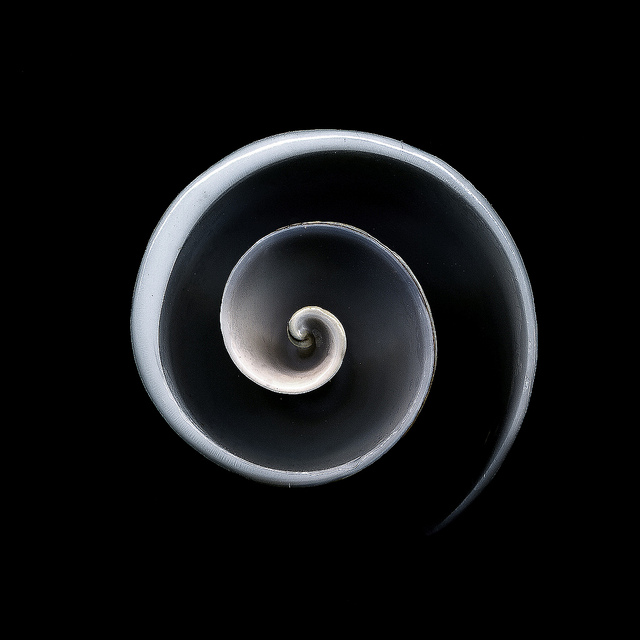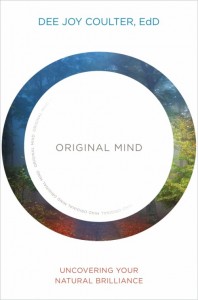The following is excerpted from Original Mind: Uncovering Your Natural Brilliance, published by Sounds True.
“When a child loves you for a long, long time, not just to play with, but REALLY loves you, then you become Real. . . . It doesn’t happen all at once,” said the Skin Horse. “You become. It takes a long time.” –Margery Williams Bianco, The Velveteen Rabbit.
How does an object become sacred? The Skin Horse is correct; time and love can do it, and children are especially gifted at infusing their most cherished objects with sacredness in this way. Every parent who tires of searching when such an object gets lost and tries to give up by saying, “It’s OK. We’ll buy you a new one,” quickly discovers what a profoundly unacceptable idea that is. Reluctantly, most of them join the community of parents the world over who are forced to cultivate the strangely intuitive ability to find lost objects!
We never really outgrow our attachment to sacred objects. They become the things we would grab first if we were forced to evacuate our homes. Invariably there are the photographs, since our weak reproductive memories need help remembering our lives and our ancestors. Next might be some important papers, but if there is time, our heirlooms will also be saved.
These are the pieces that keep our memories of special people, places, and events alive. They seem to radiate a special energy that makes them stand out from all the other objects on the shelf or in the drawer. We can even spot them in each other’s homes and, if we ask about them, we often receive the gift of stories from their owner revealing what has made them special.
While most of what we own is replaceable, these special pieces are not, and we would grieve their loss. Looked at this way, we can now sympathize more deeply with the two greatest laments of Indigenous Peoples who have been forcibly uprooted from their homes. Their first lament is that they no longer live on the land of their birth and of their ancestor’s remains. We have already learned to appreciate what that means to them. But their second lament is the tragedy of having no pieces—no vessels, necklaces, cloth, carvings, tools that their ancestors had imbued with their essences. They, too, had lost their heirlooms.
Sacred objects can also be infused with increasing energy by being used ceremonially. You may be creating them without realizing it, whether it is a piece of jewelry or a hat that gets worn for special occasions or an object that you still use in family traditions, a star for the top of the tree, or the best dishes that are brought out for special guests.
The more they are used, the more precious they become. You may find yourself physically drawn to them, actually sensing their energy. Some refer to this as felt sensing. With practice, you can refine your capacity to sense the energy in these special objects.
You might even want to gather a few trusted friends or family members together and create a mini-showing of those cherished pieces that can best represent you. Listening to each other tell your stories can be a powerful way to connect more fully with one another. Every fall, seniors in the psychology program at Naropa University would be assigned to small senior-project groups designed to support each other in their work. This activity of sharing important pieces quickly became a cherished tradition, helping them deepen their connections with one another as they began their journey together.
While frequent use of special objects can increase their energetic properties, you may have discovered, without realizing it, that this energy can gradually fade over time as well. If you have ever been faced with the daunting task of handling the estate of a deceased friend or well-loved family member, you may have found it overwhelming to simply clear out their possessions. While others who weren’t as close to the person or couldn’t feel the energy in objects could do this, you might have had to release the possessions more gradually, almost in layers. The first items to go were those with no charge. Then came the ones that seemed to slowly lose that charge. What remained became the “keepers” that would become tomorrow’s pieces, special objects to pass on to others, to hand down through the family, or to keep for yourself.
So far, we have been considering the sacredness of ordinary objects in our daily lives. However, some objects have earned the title of sacred for more spiritual reasons. The sacred objects of orality-based cultures hold far more than the memories of their lived experiences. They hold a spiritual energy that is easily sensed by all of their members and is of vital importance to their ceremonial lives. Often the creation of these objects becomes a conscious practice in reverence to those who create them.
In 1980, Kashiwaya Sensei, an aikido master and then director of the Rocky Mountain Ki Society, gave a public talk describing the energetic and mindful nature of ki, the life force at the heart of Aikido practice. In describing its far-ranging powers, he gave the example of wood carvers creating statues of the Buddha and commented, “If you carve a Buddha without ki, it will not sell. It will not attract a buyer.” In other words, the energetic focus and intention of the carver is critical. The carvers of saints, called Santeros, of the southwest United States would agree with him. Felix Lopez of Espanola, New Mexico, is a renowned Santero who is literate and has been a high school teacher, but is very commit- ted to the traditional ways of his Spanish Catholic heritage. He spoke eloquently of his practice in a video interview in approximately 1990:
“When you carve a santo, you have to be in the right frame of mind, because it’s actually like a form of prayer. At the end, you are tired, but you feel very good about what you’ve accomplished. This is the greatest feeling.” He concludes the interview by saying, “For me, being a Santero has been a calling, a vocation from God. And I’m very thankful to Him for giving me this opportunity to create spiritual images that can help people in their spiritual lives or simply can be enjoyed by anyone if they only see it as a work of art.”
His last comment makes an important distinction between those who can sense the spiritual energy in sacred objects and those who only see the outer artistic form. Very recently, the Smithsonian Institute returned a large collection of sacred objects to the Yurok Indian tribe of Northern California. At the museum, they were viewed as works of art, but the Yuroks received them as living objects, “much like welcoming home prisoners of war” explained Thomas O’Rourke, the tribe’s chairman.
“They are key to our existence, to carrying on our traditions and our culture—dances that we have taken part in since time immemorial.” Asked what they will do with these objects, he replied, “We’ll sing songs, we’ll pray, we’ll talk. And we will wake them up because in two weeks our renewal dances start, so we will prepare the items to dance. So they will dance this year” (spoken in an interview, August 2010).
Next time you view a traveling museum exhibit displaying the sacred objects of living indigenous cultures or the irreplaceable ancient objects preserved for generations by their now-literate descendants, you will understand what it means to these people to allow their pieces to leave home. They are placing incredible trust in the curators to protect and care for these remarkable objects until they are returned home, in the hopes that the viewers can appreciate their sacredness. These objects live in the secret realm. We can only understand a fragment of their reality through words and images. But they come to life in the felt sensations of those who truly know them.
Teaser image by hom26, courtesy of Creative Commons license.
















